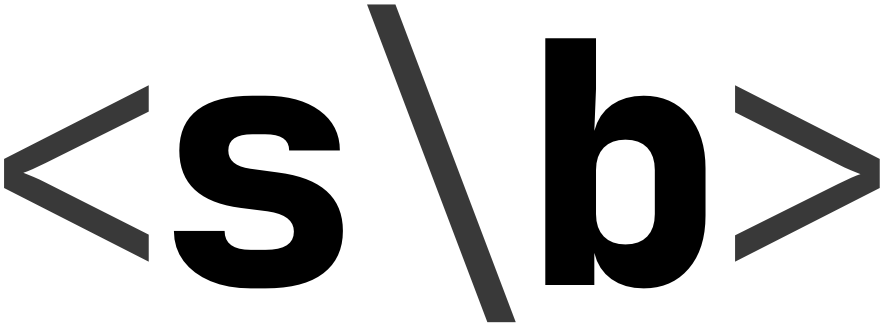Azure AI Powerclass
On Tuesday, three SWICA colleagues and I started the "Azure AI Powerclass". The introduction to the topic of AI took a relatively long time, especially if you had already learnt the absolute basics before the Powerclass. The presentation by the two consultants Stephan Bisser & Thomas Goelles was very well done, with amusing anecdotes and also informative. But for me something really new was missing. Even the subsequent demo of Azure AI Services (note: these are not the OpenAI services available on Azure!) remained very superficial and technical questions from the audience were only partially answered.
The subsequent hands-on session led by Microsoft employees also got off to an exciting start, but here too there was a lack of depth. Although you can probably only blame them for this to a limited extent. One quote that has stayed with me is the following answer to a detailed question about the GPT 3.5 model: "This information is not disclosed to Microsoft Employees, you have to ask somebody from OpenAI." All in all, I have to say that the Powerclass was good, but I was the wrong audience. It was certainly more suitable for people who started this workshop without any prior knowledge.
The conference
On Wednesday morning, the conference started anything but smoothly. The opening keynote (a PowerPoint presentation, of course 😉) didn't want to work and didn't want to work, devices were swapped and the waiting time was played over until someone from the technical team handed over the MacBook at the edge of the stage and the Microsoft keynote could be played cleanly on the Mac. This bumpy start surprised me a little, as the opening keynote is really about hyping people up and putting on a show, which the makers of the ECS only succeeded in doing to a limited extent this time.
After a slow start, Carlotta Castelluccio made up for a lot with her presentation of Azure's AI Landscape. Things continued excitingly with a panel entitled "Modern Work in the era of AI". My highlight of the day was Jonah Andersson's presentation entitled "Lessons Learned in Migrating Legacy Apps to Azure" - rarely has a headline fitted my life so well.
After a full morning, my colleagues and I also wanted to fill our stomachs. But that turned out to be more difficult than expected. 3,000 participants pounced on the five food trucks provided for catering. So we decided to explore the Expo first and queue 40 minutes after everyone else for 60 minutes.
The afternoon was dedicated to compliance and security with the presentations ‘The future of cyber security in the age of quantum computing’ and ‘How to use Azure Confidential Computing for regulated industries’.
In the evening, we enjoyed Hessian cuisine and the art of brewing. What happens in Wiesbaden, stays in Wiesbaden.
On the second day of the congress, I started with Dona Sarkar's keynote speech with the exciting title "This Is Why We Can't Have Nice Things". She showed nicely what is hype and what is reality in the field of AI. Carlotta Castelluccio then showed once again what Azure has to offer in terms of AI computer vision (this was more or less the follow-up to Tuesday with more depth). Another highlight was Vlatko Ivanovski's keynote on "Mastering Resilience: Continuous Validation with Azure Chaos Studio and Azure Load Testing".
We didn't bother with the closing ceremony and left at around 16:00.
Conclusion
I wouldn't attend the Powerclass on Tuesday again, I simply wasn't the right target group. The output was not big enough for the time. The conference was basically good, apart from a few organisational faux pas. But I would make a repeat participation dependent on the speaker and keynote line-up.
